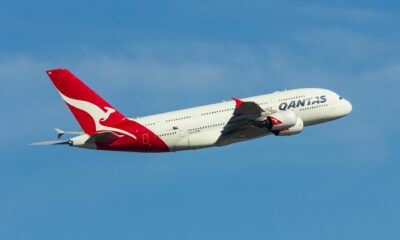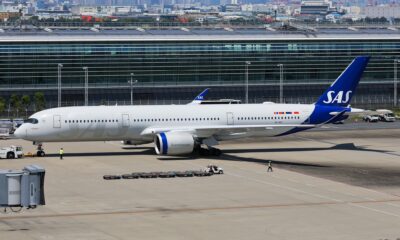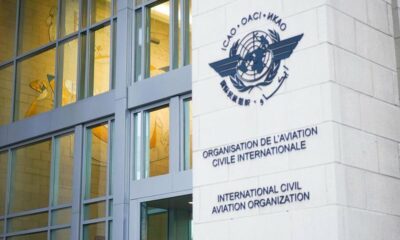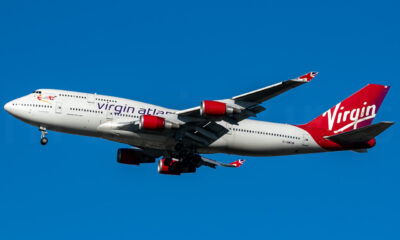African Insider
Africa’s Airlines Are Taking Off by Filling Route Gaps the World Forgot
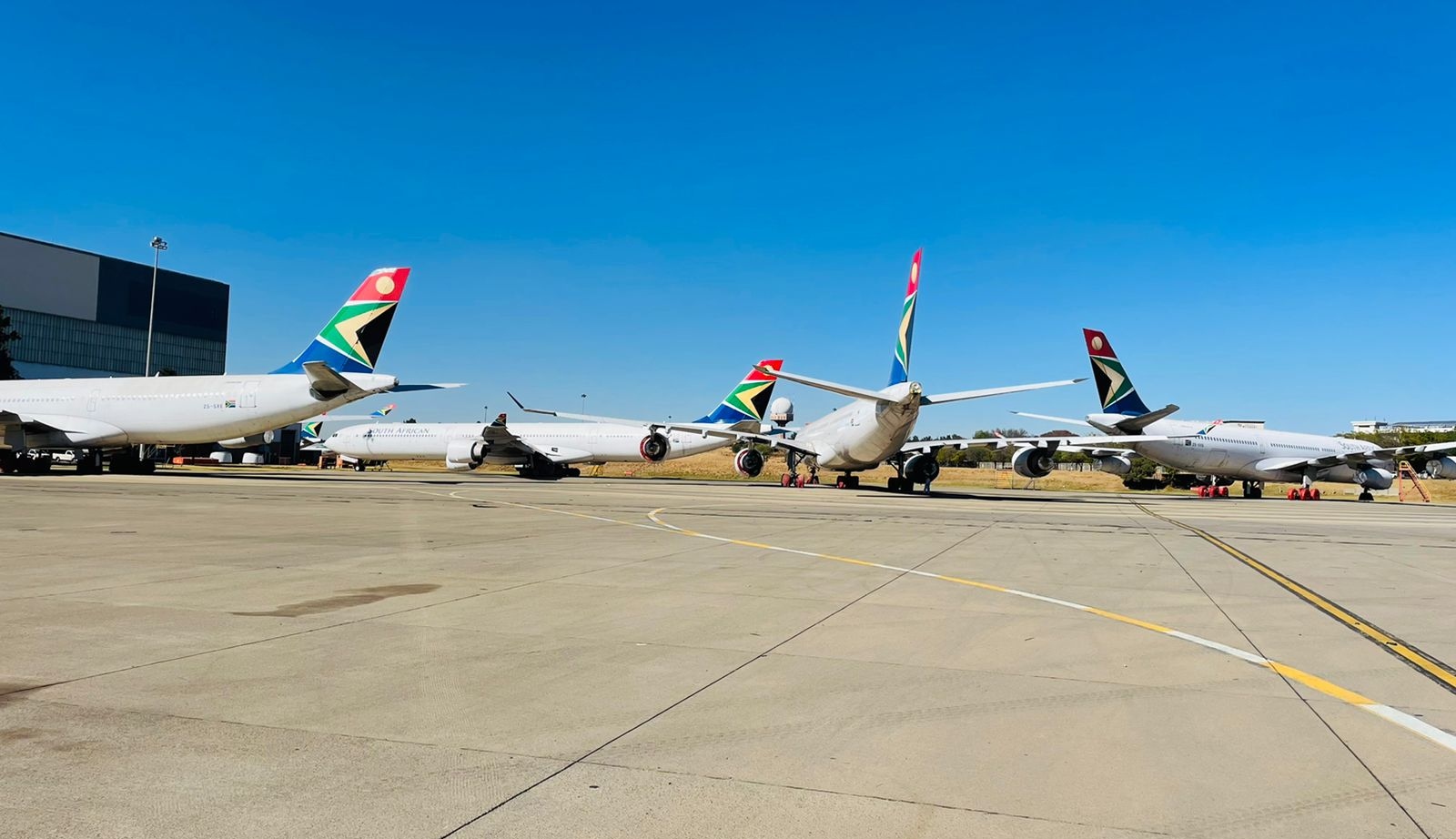
The Rise of Africa’s Route Makers
Across African skies, a quiet revolution is unfolding. As legacy airlines scale back and global carriers consolidate, African airlines are doing the opposite: expanding into route gaps that the rest of the world forgot.
This shift was spotlighted at last week’s AviaDev Africa conference in Zanzibar, where Airbus presented new data showing African carriers are increasingly targeting unserved or underserved routes — both within the continent and to major global cities.
From Harare to London, Cape Town to Lagos, and Johannesburg to Mumbai, these routes aren’t just about convenience — they’re about unlocking trade, tourism, and continental pride.
The Five Most In Demand International Routes
According to Airbus market intelligence, the top intercontinental routes without direct service between October 2023 and September 2024 included:
-
Harare to London
-
Johannesburg to Mumbai
-
Lagos to New York
-
Entebbe to London
-
Lagos to Toronto
Among these, Harare-London stood out with a 12% year-on-year growth in passenger traffic, coming surprisingly close to high-volume routes like Amsterdam-Johannesburg. Ethiopian Airlines has now overtaken Emirates on this corridor by smartly upping capacity via its Harare–Addis Ababa–London Gatwick offering.
Entebbe-London also saw healthy growth, with RwandAir increasing frequencies and becoming the dominant carrier on the route via Kigali, displacing Emirates.
Meanwhile, the Lagos-Toronto and Lagos-New York routes highlight growing demand from West Africa’s bustling economic hub, though direct connections remain limited.
Intra Africa: Closing the Gaps from Within
Within the continent, the top five unserved routes are:
-
Abidjan to Douala
-
Dakar to Libreville
-
Cape Town to Lagos
-
Johannesburg to Abidjan
-
Nairobi to Dakar
Of these, the Cape Town-Lagos route experienced explosive 67% year-on-year growth. TAAG Angola Airlines now holds the largest share of traffic here, thanks to strategic increases on its Cape Town–Luanda and Luanda–Lagos legs.
The surge reflects not only growing West African economic activity but also shifting travel behaviour as regional airlines adapt faster than their international counterparts.
Joburg to Mumbai: A Route Ripe for Takeoff
Back home, the Johannesburg–Mumbai route has yet to reach its full potential — but it’s on the radar. With only 4% growth over the past year, it might seem underwhelming, but the route’s long-term outlook is promising.
India is projected to become the world’s third-largest economy within the next decade, with a middle class as large as the entire European Union. Combine that with relaxed visa rules for South Africans and BRICS ties deepening, and it’s clear why aviation experts see this route as a sleeping giant.
Currently, the route is served indirectly by Ethiopian Airlines, Kenya Airways, and Middle Eastern such as Qatar Airways carriers. But industry voices, like Airbus’s Geert Lemair, argue the time is ripe for a direct Joburg-Mumbai connection.
More Than Just Flights: A Symbol of African Momentum
The growth of these routes is more than just a tale of ticket sales. It’s about African airlines taking ownership of their skies. Instead of waiting for global carriers to connect the dots, they’re building networks that reflect the continent’s modern priorities: trade, diaspora connections, business travel, and cultural exchange.
Local aviation observers are already calling this a turning point. On social media, travel forums and LinkedIn are buzzing with optimism. One user wrote, “We’ve waited too long for these routes to open — it’s about time African carriers take the lead.”
And take the lead they are.
Taking African Airlines to New Heights
As African carriers step up to fill the route voids once left to chance, they’re rewriting the continent’s aviation story — one unserved route at a time.
Whether you’re flying from Joburg to Mumbai or planning a West African hop from Abidjan to Douala, expect to see more African flags on tails and fewer layovers in places that don’t speak to the continent’s future.
Source:Tourism Update
Read More: SAA Expands Fleet with New Airbus A320s, Embarks on New Era with Continued Growth and Recovery
Follow Joburg ETC on Facebook, Twitter , TikTok and Instagram
For more News in Johannesburg, visit joburgetc.com

